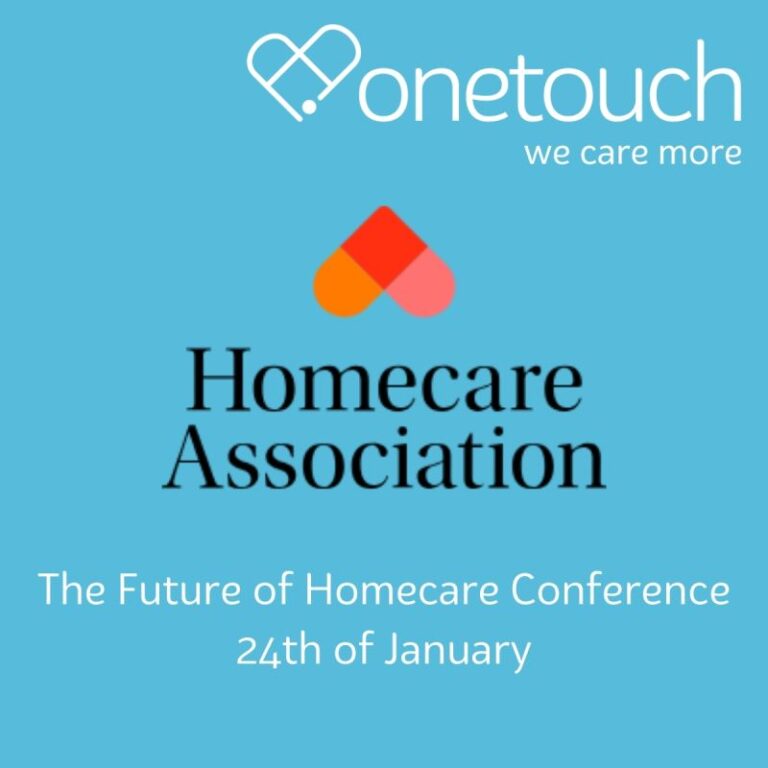News & Events
One solution to better care
Some exciting new additions to the OneTouch Team

Steve, Rachel and Kane have recently joined our sales and business development team.
OneTouch is exhibiting and speaking at the Care Show

We’re heading to the Care Show at Excel, London on the 24th and 25th April. Come see us at Stand K42.
Duane Lawrence appointed as Chair of the OneTouch Health Group Board

We welcome Duane Lawrences’ appointment as Chair of our Board of Directors.
OneTouch is exhibiting at the Homecare Conference

Our first event of 2024 is the Homecare Associations Future of Homecare Conference!
Check us out in the latest edition of Homecare Insight

Richard, our Head of Strategy discusses how best to use tecnology in the care industry.
We’re at the Cardiff Care Roadshow

We’re at another event and we’d love to see you there! Drop by Stand 28 and say hello.
We won another award!

Best Healthcare Software has a very nice ring to it! We’re delighted to add another trophy to the OneTouch cabinet.
We are on the Deloitte Technology Fast 50 List

We are delighted to be named as one of Deloitte’s Fast 50 technology companies for 2023
OneTouch is at the Care Association Alliance Conference.

Our Head of Strategy spoke to the Yorkshire and the Humber Care Association Alliance conference attendees on how to use technology to enhance efficiency and reduce costs.
We are the most Innovative Solution in Home Care

The OneTouch Team got dressed up and hit the red carpet for the leaders in Care Award show in Birmingham. The night was topped off when we won the award for the Most Innovative Solution in Home Care!
We are delighted to announce our acquisition of AutumnCare

Exciting news as OneTouch acquires Australian based residential care software provider AutumnCare.